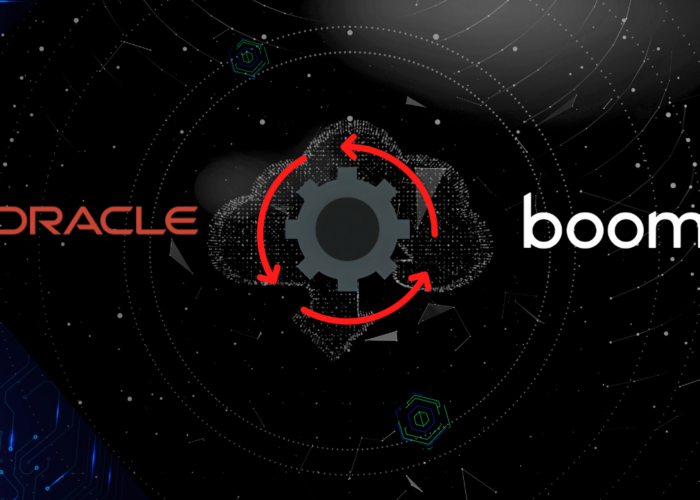Customer Experience
Gaining a competitive edge through customer digital experience is a common objective of many digital transformation journeys. Customer expectations in a consumer-led society are incredibly high, it’s easy to fall behind in delivering an experience that meets, let alone exceeds, expectations.
Customers expect a real-time, omnichannel experience as a minimum requirement. Gaining market share requires we push the boundaries of what the customer expects, and this isn’t always digital. The human touch is again becoming a key differentiator in a world of faceless entities and “robots”.
Benefits of organising for Customer Experience


Increase (or retain) market share
Increase customer and transaction value
Enhance reputation and loyalty
Bring enhancements and innovations to market faster
Greater insights to drive future innovation initiatives
Stronger alignment between technology and business goals
How to organise for customer experience
The starting point should be a 360 view of a customer so that whatever the touchpoint, as an organisation, you know clearly what the customer wants to do and can even predict the next interaction. Building on this foundation, the focus should then be on identifying new experiences that can push your industry further, utilising systems of engagement to gather information and predict how the customer journey is likely to evolve. This kind of innovation leads to new products and services to enhance the customer experience before your competitors.
Customer experience teams
Customer experience has now become a discipline in it’s own right, and is a key feature of an organisation looking to drive new customer experiences. The key is to develop a well rounded CX team that not only has the responsibility of delivering a good customer experience, but also has the responsibility of embedding customer experience as a culture in the organisation. CX representatives are increasingly seen on architecture governance boards and embedded into Microservices teams which is a welcome change from siloed UI and UX teams.
Multiple Endpoints and Touchpoints
Omnichannel is now a necessity, and with the advent of APIs, it is readily achievable. Key characteristics of an organisation with an “experience” focus is a consistent look, feel and capability across multiple devices, though what tends to differ is the completeness of the customer journey. I’m sure we’ve all experienced the ease in which we can add more services from a TV/Broadband provider through many different routes, but less focus is often given to removing services or reporting faults.
A Complete Integration and API vision
To be successful in providing a competitive customer experience, the foundations must be right. Disconnect between systems of record and experience APIs/customer engagement systems can lead to poor customer experiences with delayed or incorrect data. An organisation delivering a first class experience will have an underlying layered architecture ensuring that data is correct and consistent from source, utilising an Integration and API strategy to make this data available at the right time to the right consumers.
Innovation
Using customer experience as a competitive edge requires funding and focus. Finance centred around operationally keeping the lights on will rarely yield an improved experience for customers and will generally leave the organisation playing catchup with the market. To be competitive you must produce products and services that are pushing the boundaries of your industry, offering new ways to interact and consume the value your organisation has to offer. To do this, Innovation must be at the forefront of any business change.


Common mistakes
Exposing experience APIs without the underlying process and system APIs in place
It is often the case that the interpretation of “Bimodal IT” or “Two-speed Architecture” is that legacy is abandoned and all focus goes to creating new systems and services. This may yield short term results, and gather traction, but over time the disconnect between systems of record and holders of master data, will become apparent. The result could be slow development of new services and slow changes to legacy systems to enable the development teams, being consistently trapped in a transitional state.
Giving direct access to System APIs for experience led development projects/initiatives
It can be compelling to dive straight in building products and services enabling better customer experiences by using data that is already available from legacy systems or system level APIs. This could yield fast results, but creates a tight coupling with legacy systems which will hamper or delay future innovation.
Failing to build the correct foundation in terms of Data Models and Data Architecture
To enable a comprehensive, competitive customer experience, the data must be accurate and timely. Failing to address underlying data quality issues through lack of data architecture, models and governance, will result in a poor, disjointed customer experience.
Failing to properly consider the customer persona in developing the experience.
Customers themselves can easily be overlooked when developing experiences. Commonly organisations look to what is already in the market or what would be good from the organisations own perspective. A true customer experience must be a customer-led initiative.


Why using Chakray makes sense
At Chakray, we work with customers to establish the right foundations in data and integration from which great customer experiences can be built. Valuing data, integration and API services the right way enables organisations to deliver the right value to customers engaging those services.
Whether you are undertaking a ground up rethink of your digital agility, or you are implementing a single capability with a specific goal in mind, we can help. Chakray is a pure integration and automation specialist and can help with the strategy, implementation and even operation of your digitally agile infrastructure. Our consultants, architects, analysts and developers will work closely and collaboratively with you to ensure the business value you seek is realised through the changes you make.
Get in touch
Talk to our experts
Contact our team to discuss your initiatives and find out how Chakray can help deliver your successful outcomes.
Get in touch












